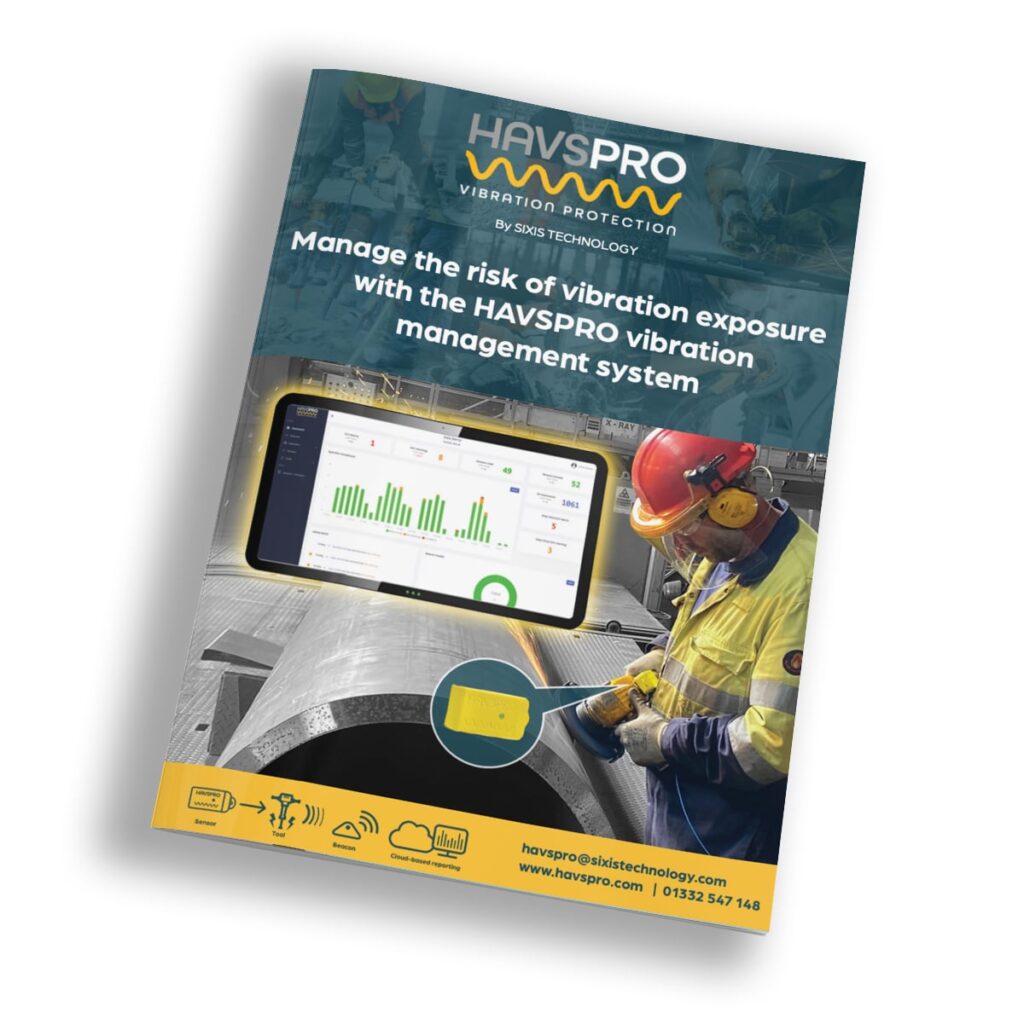The Importance of Hand Arm Vibration Risk Assessment
A few years ago I was asked to assist a new client with an HSE investigation, as part of our commitment to our clients, I agreed to accompany them during the investigation, now, I couldn’t change what had happened previously but I could explain and influence how things were being measured, monitored and managed going forward.
We sat in the room with two Inspectors, a risk assessment and documentation to be thoroughly and intensely scrutinised……It was intense, even though I was only assisting it was sweaty palm time.
The inspectors weren’t looking for grammatical errors or spelling mistakes, they were looking for content and substance. They were looking to identify if the risk assessment was fit for purpose? Had the actual risks been accurately identified? Was there evidence it had been communicated to teams doing the work? And what actions had the company taken to eliminate or reduce the risk.
I remember the tension to this day, the inspectors doing their job as intensely as they did that day changed the way I talk and feel about risk assessments forever, that meeting helped me shape the HAVSPRO reporting platform into something that will guide you to creating and managing the actual risk.
Reality of everyday life
You’ll often hear people say, “Health and safety isn’t about paperwork.” Which I understand, but believe me, when I sat in that meeting I understood…. it is about the paperwork, because that is the only effective way you provide the evidence of your actions, something you will have to do if something goes wrong. The problem with HAVS or WBV is that it might be a good few years down the line before you are aware that it went wrong…..now try to defend your actions, now prove that you did everything correctly, that you identified the risk, clearly communicated and set actions in place to reduce the risk to As Low As Reasonably Practicable or, if reasonably possible, eliminate the risk. That paperwork is your evidence, your proof that you did identify the risk, that you did identify exactly where the risk was emanating from and that you took the correct actions to eliminate or reduce the risk to ALARP.
It shows you assessed the job properly, understood which tools and consumables best suited the task. You understood what could go wrong. You involved the right people. You put proper controls in place……and with vibration, those ‘proper’ risks can be easily missed or innocently overlooked.
Is this the reality of RAMS on Sites
Risk Assessments and Method Statements (RAMS) appear to be fit for purpose on paper, but, in many cases they are rarely, or maybe even never, read on site. They’re there, they might even be signed but have they been read, digested and understood, are they task and site specific? One way of finding out is asking the people doing the job, can they explain the method of work and the risks involved.
The paperwork you produce is about people, if you protect the people correctly you will also protect the business.
The best way to protect both is to make sure the paperwork is right. When it’s done properly, it drives better, accurate decisions, stimulates conversations and creates safer systems, specific to the tasks on site.
- RAMS must be clear, practical, site friendly and task specific . Write them in simple practical plain English. If the people doing the work don’t understand them, they won’t read them, can’t understand them and effectively means that they’re not worth the paper they’re printed on.
- When did you last take 10 minutes before starting work to run through the RAMS? Brief your teams properly. Walk them through the method, highlight the risks. This simple task helps you to sell the message, create a habit and gain a buy in from tool users
- Get proper sign-off. A signature without understanding is useless, you may feel better that you have a signed copy, that feeling rapidly evaporates when your sat with the inspectors! Your team should be able to explain the method, not just scribble their name.
- Use toolbox talks to reinforce the RAMS. Build safety into your daily routine, create understanding and habits, regular engaging tool box talks create behavioural change.
- RAMS are live documents. As the job evolves then so should the RAMS. By using HAVSPRO, heightened risks can be identified as they happen, dynamic risk assessments are possible and, what’s more, they’re factual and accurate #makeHAVShistory
Risk Assessments are your first and your last line of defence.
If an inspector comes knocking and you’re called in to explain what you did to manage the risk? You want to be sitting in that room knowing you’ve done it properly, whether that call comes in 1 year or 15 years, you want that paper to prove your actions were the correct actions and that you did what you should to protect the tool users.
HAVSPRO will guide you, will positively identify the actual source of the risk and will allow you to make and amend meaningful risk assessments, even conduct accurate dynamic risk assessments… you just need to ensure that they are communicated effectively and embraced! As a bonus, it will give you unequivocal evidence that the process has taken place and that you did what you should have done.


